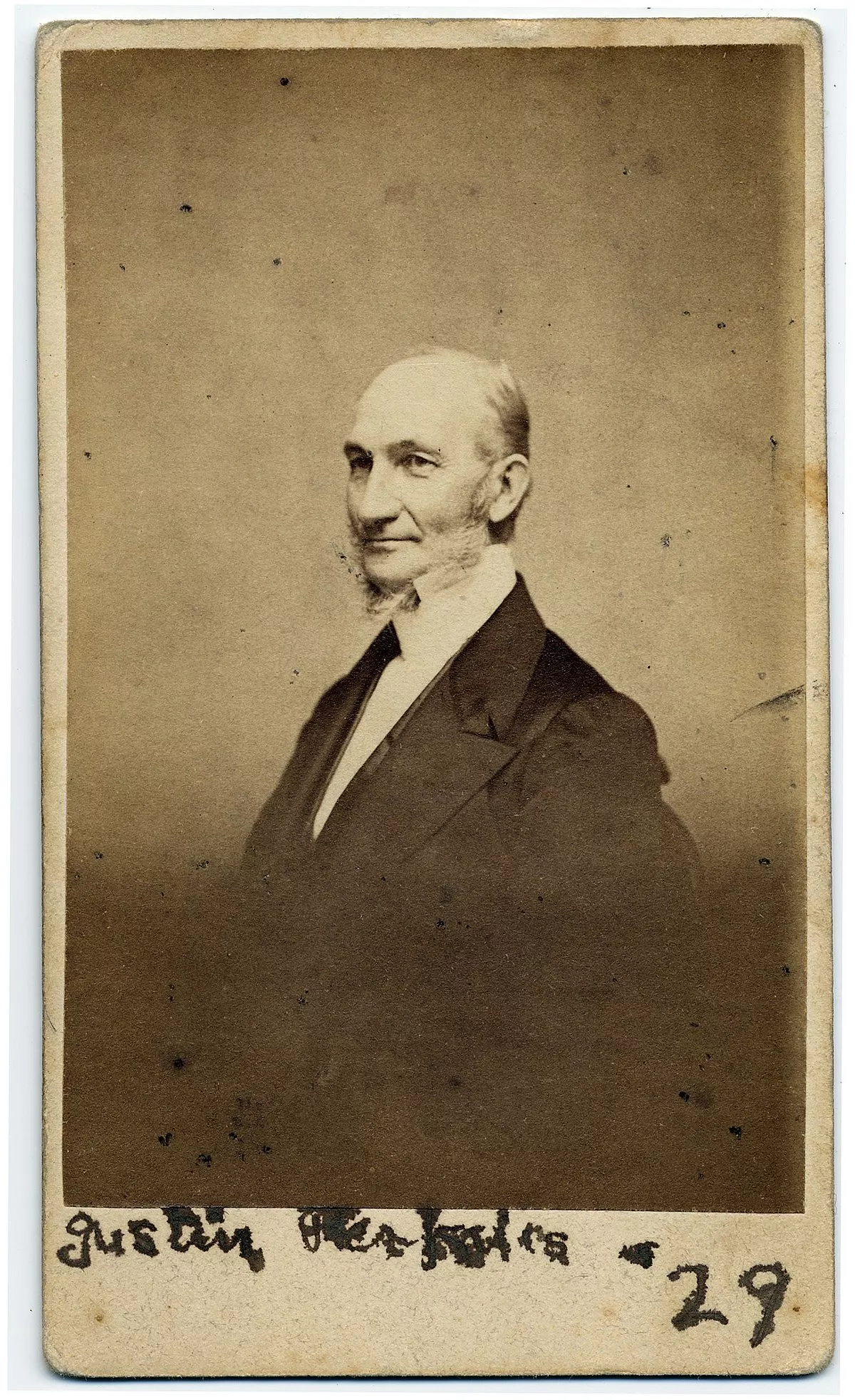 1.
1. Justin Perkins was an American Presbyterian missionary and linguist.

 1.
1. Justin Perkins was an American Presbyterian missionary and linguist.
Justin Perkins was the first citizen of the United States to reside in Iran.
Justin Perkins became known for his work among the people there as an "apostle to Persia," according to publications from the United States.
Justin Perkins was born in the Ireland Parish of West Springfield, Massachusetts, in an area now within the city of Holyoke, Massachusetts.
Justin Perkins was the son of William Perkins and Judith Clough Perkins, and a descendant of a John Perkins who arrived in Massachusetts in 1631 and eventually settled in Ipswich, Massachusetts in 1633.
Justin Perkins then spent a year teaching at the Amherst Academy, two years studying at the Andover Theological Seminary, and one year as a tutor at Amherst College, before being ordained a Presbyterian minister in the summer of 1833.
Only one child, Henry Martyn Justin Perkins, survived Persia and moved with his parents to the United States, where he later wrote a memoir about his father.
Justin Perkins found that the people he was to serve were living lives of poverty and ignorance, functioning as virtual serfs to their Muslim rulers.
Justin Perkins then began preaching, generally with the full consent of the local Assyrian church clergy, and often in their churches.
Justin Perkins established a boys' school there, which was the first school to use the learning by teaching method in central Asia.
Justin Perkins shortly followed this with several other schools for boys and girls in the surrounding villages, and, later, at the express request of the Muslim government, established similar schools for the Muslim population.
Justin Perkins was the first to reduce to writing the vernacular of the locals, the modern Syriac language.
Justin Perkins established a printing press at Urmia, and used it to produce several works, eighty of which Perkins himself either translated or wrote.
Justin Perkins translated portions of the Christian Bible which appeared at various times.
Justin Perkins was widely recognized at the time as a scholar of the Syriac language.
Justin Perkins was not only a trained missionary, but he was an ethnically aware watercolorist whose drawings of men, women and children belonging to the various ethnic groups of northwest Iran survive in his books as well as in unpublished drawings.
Justin Perkins described his experiences in his writings A Residence of Eight Years in Persia among the Nestorian Christians with Notices of the Muhammedans, and Missionary Life in Persia.